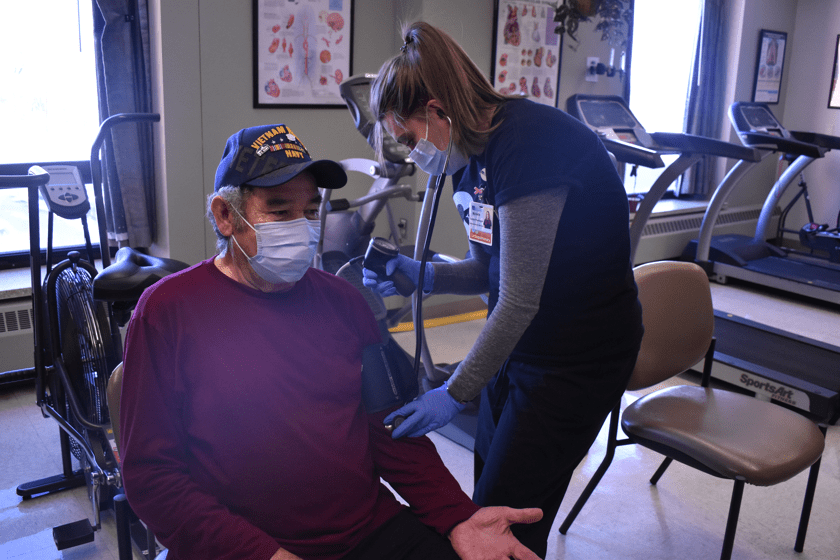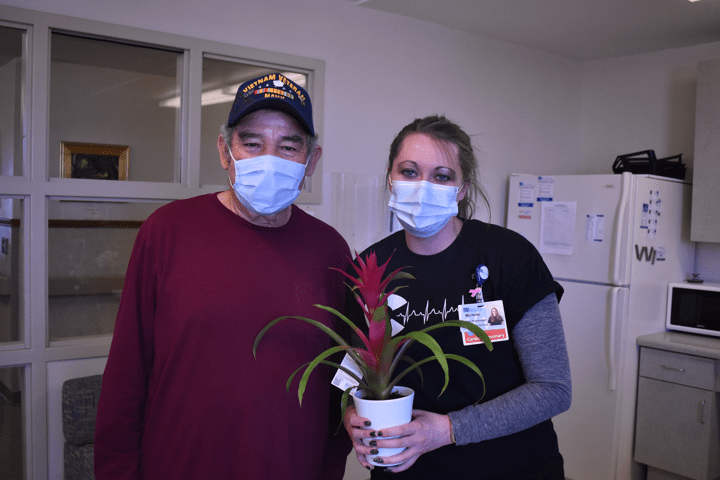Cardiac Rehab at SLVH
Though it’s not always easy, the ability to exercise is something many people take for granted. But for those who’ve experienced a cardiac event, the road getting back to heart health isn’t easy.
That’s where Michelle Crowther, exercise physiologist, and San Luis Valley Health’s cardiopulmonary team come in.

To start the 36 session cardiac rehab with Crowther, a patient needs a referral from their primary care provider or cardiologist. Most of these patients have experienced cardiac events.
“They’ve had a heart attack or heart event of some kind,” says Crowther about the patients she sees. “After a patient has undergone a heart event, they are often nervous about stressing their heart again because they are unsure of how much it can take safely.”
For every session, Crowther monitors her patients’ heart rates while they do different exercises for an hour. Her goal is to have people exercising in their target heart range, the rhythm that’s safest while still healing.
“They come in, they get used to how they’re feeling, and they see that they can push their heart and it’s okay because I’m here with them.”
Burt Du Pont started cardiac rehab with Crowther after his massive heart attack. He began in June 2021 and just finished at the end of January 2022.
Not only did he enjoy the program for making him feel better and helping him lose weight, Burt also thinks it’s something a lot of people can benefit from.

“I think everyone who’s had heart problems should take this program.”
Since his first day, Burt’s speed has doubled while using the elliptical and he says he feels better when his heart gets pumping during everyday activities.
When asked if there was something she wished everyone knew about heart health, Crowther said she wished everyone knew about their target heart range. To find your lower limit, take (220 – your age) x 0.65. For your upper limit, take (220 – your age) x 0.85. These numbers represent 65% to 85% of your max heart rate.
For example, someone who is 25 will have a target heart range of 126.75 to 165.75 beats per minute. While someone who is 85 will have one of 87.75 – 114.75 beats per minute.
According to Crowther, everyone should exercise in their target heart range for at least 30 minutes 3 – 5 days a week.
If you think you could benefit from this cardiac rehab program, discuss it with your primary care provider or cardiologist at your next appointment.